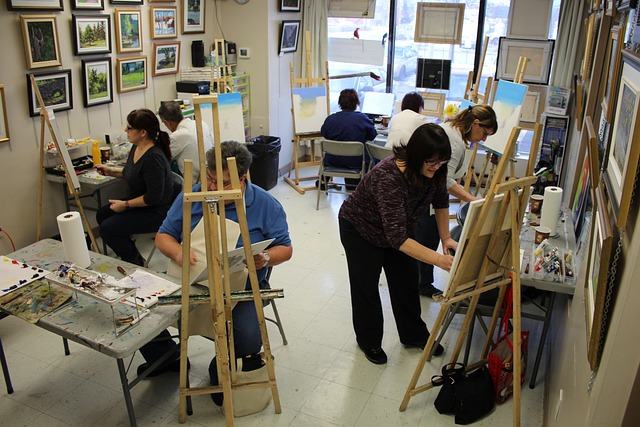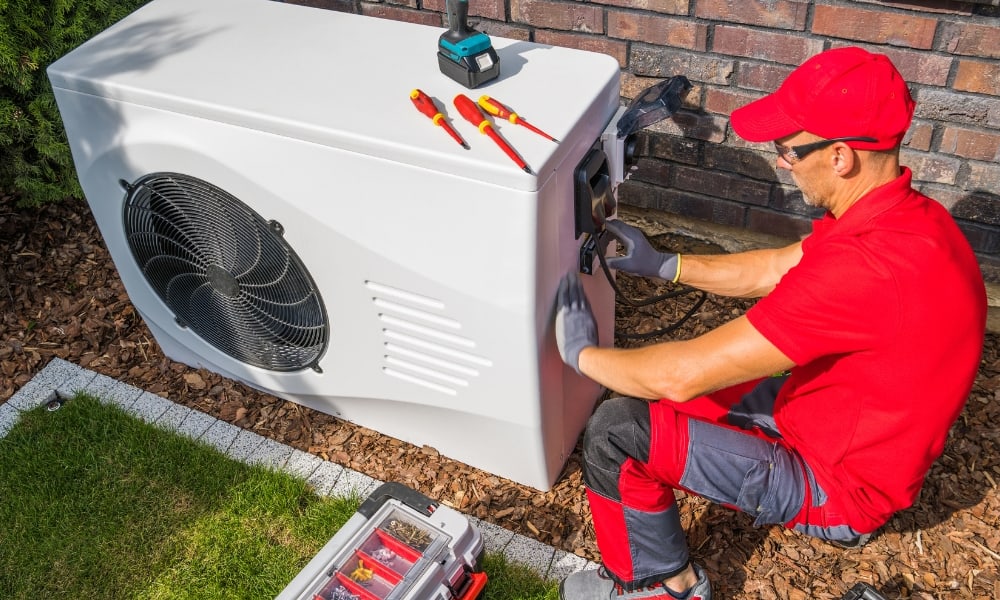Find more Art School
Embarking on an artistic education journey requires careful consideration of various factors, from program quality to teaching methods. Whether you're a beginner seeking foundational skills or an experienced artist looking to refine your technique, choosing the right art school can significantly impact your creative development. This guide will help you navigate the process of finding and selecting an art institution that aligns with your goals.

How to Evaluate Accredited Fine Arts Schools
When searching for art institutions in your area, accreditation should be a primary consideration. Accredited schools meet established educational standards and often provide better career prospects. Look for institutions accredited by the National Association of Schools of Art and Design (NASAD) or regional accrediting bodies. These schools typically offer comprehensive curricula, qualified instructors, and industry-recognized credentials upon completion.
Selecting the Best Art Programs for Beginners
For those starting their artistic journey, finding programs that provide strong foundational training is crucial. Quality beginner programs typically include:
-
Basic drawing and composition techniques
-
Color theory fundamentals
-
Introduction to various mediums
-
Art history appreciation
-
Studio practice time
Look for schools that offer structured progression paths and supportive learning environments where beginners can develop confidence alongside their skills.
Exploring Drawing and Painting Course Options
Most art schools offer specialized courses in drawing and painting, ranging from traditional methods to contemporary approaches. Consider programs that provide:
-
Individual attention from instructors
-
Regular critique sessions
-
Access to well-equipped studios
-
Exposure to various materials and techniques
-
Flexible scheduling options for different learning needs
Modern Art Techniques Training and Innovation
Contemporary art education should balance traditional fundamentals with modern techniques. Leading programs often include:
-
Digital art and design tools
-
Mixed media experimentation
-
Contemporary art theory
-
New media installations
-
Sustainable art practices
Comparing Art School Programs and Costs
| Institution Type | Average Program Length | Typical Annual Tuition Range |
|---|---|---|
| Private Art Colleges | 4 years | $35,000 - $50,000 |
| Public Universities | 4 years | $10,000 - $25,000 |
| Community Colleges | 2 years | $3,000 - $15,000 |
| Art Institutes | 2-4 years | $20,000 - $40,000 |
| Certificate Programs | 6-12 months | $5,000 - $15,000 |
Prices, rates, or cost estimates mentioned in this article are based on the latest available information but may change over time. Independent research is advised before making financial decisions.
Finding Quality Art Schools in Your Location
When searching for local art education options, consider:
-
Proximity and accessibility
-
Campus facilities and resources
-
Student exhibition opportunities
-
Industry connections and internship programs
-
Alumni success stories and career placement rates
The ideal art school should provide a balance of technical instruction, creative freedom, and professional development opportunities. Take time to visit potential schools, speak with current students and faculty, and review graduate outcomes before making your decision. Remember that the best program for you will depend on your specific goals, learning style, and artistic aspirations.




